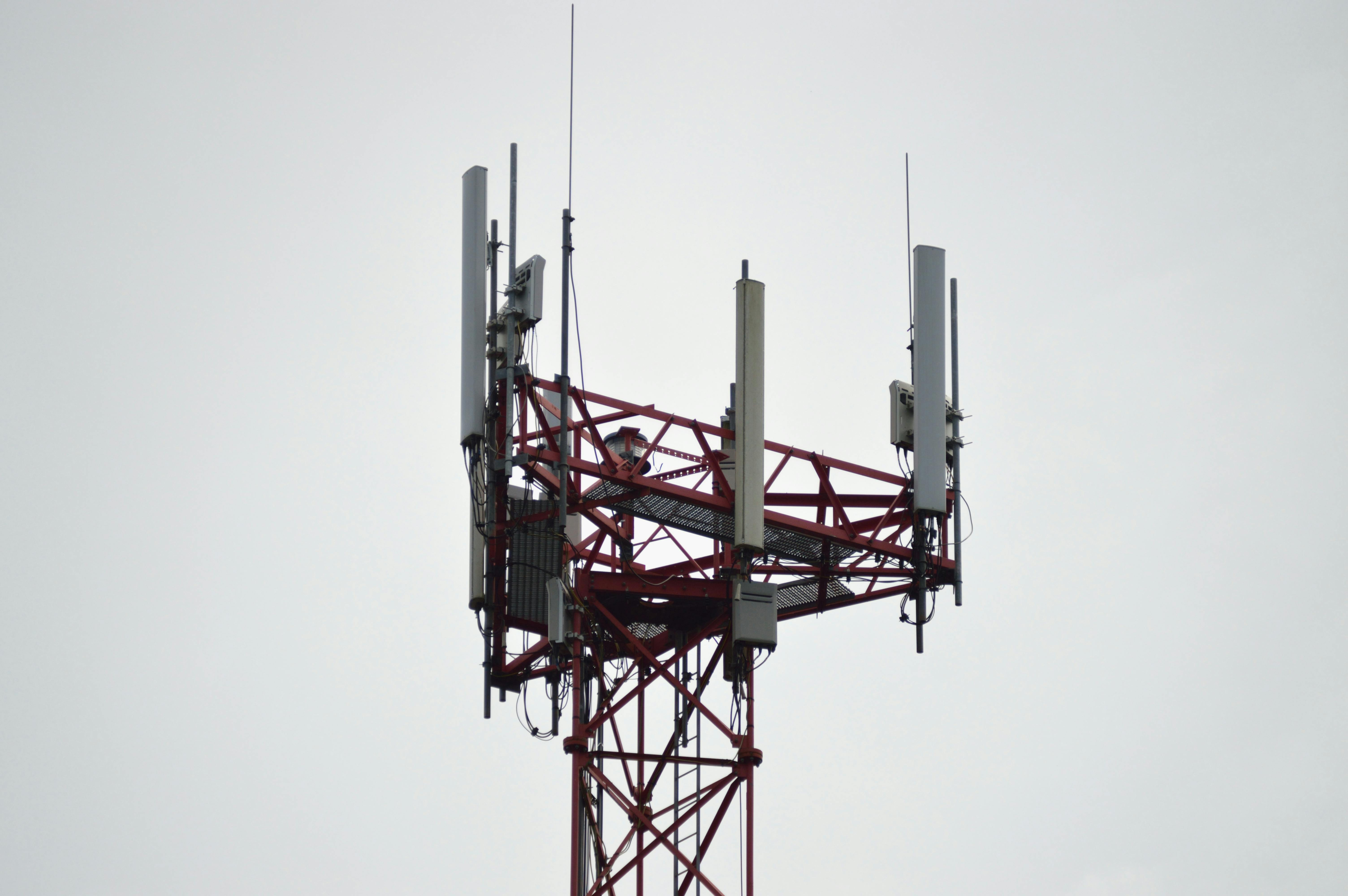circuit board assembly services
Circuit board assembly services are a cornerstone of modern electronics manufacturing, facilitating the creation of devices that range from simple consumer gadgets to complex industrial machinery. The process of circuit board assembly services is intricate and involves several detailed stages to ensure the production of high-quality and reliable electronic products. These stages include design and planning, component procurement, component placement, soldering, and inspection/testing.
The process begins with design and planning. This initial phase involves creating detailed schematics and layouts for the printed circuit board (PCB). Engineers use specialized software to design the circuitry, ensuring that the layout maximizes efficiency and minimizes potential interference between components. This design is then converted into a format that can be used to manufacture the PCB. During this phase, careful consideration is given to factors such as signal integrity, power distribution, and thermal management. Proper planning and design are crucial, as they set the foundation for all subsequent steps in the assembly process.
Once the design is finalized, the next step is component procurement. This involves sourcing the necessary electronic components from reliable suppliers. Components such as resistors, capacitors, transistors, integrated circuits, and connectors must be acquired in the right quantities and specifications. Quality control is paramount at this stage to ensure that all components meet the required standards and are free from defects. Any issues with component quality can lead to significant problems down the line, including malfunctioning boards or complete project failures.

circuit board assembly services process
After procuring the components, the assembly process moves to component placement. This step involves positioning the various electronic components onto the PCB according to the design layout. Modern assembly lines often use automated pick-and-place machines that can place thousands of components per hour with high precision. These machines read the PCB design files and accurately place each component in its designated location. Manual placement is still used for some complex or irregularly shaped components, but automation has largely taken over this task to improve efficiency and accuracy.
Following component placement is the soldering process. Soldering is essential for creating secure electrical connections between the components and the PCB. There are two main soldering techniques: reflow soldering and wave soldering. Reflow soldering is used primarily for surface-mount technology (SMT) components and involves applying solder paste to the board, placing the components, and then heating the assembly in a reflow oven. This process melts the solder paste, forming strong joints. Wave soldering is used for through-hole components and involves passing the PCB over a wave of molten solder to bond the components to the board. Both methods ensure robust and reliable connections, which are critical for the board’s functionality.
The final step in the circuit board assembly process is inspection and testing. This stage is crucial for ensuring the quality and reliability of the assembled boards. Various inspection methods are employed, including visual inspection, automated optical inspection (AOI), and x-ray inspection. These methods help identify any defects such as solder bridges, missing components, or misalignments. In addition to inspection, functional testing and in-circuit testing (ICT) are performed to verify that the board operates correctly and that all components are functioning as intended. Functional testing simulates the board’s operational environment, while ICT checks the integrity of individual components and connections.
In conclusion, the circuit board assembly services process is a multi-faceted and detailed operation that requires careful planning, precise execution, and rigorous testing. From initial design to final inspection, each step is essential to ensure the production of high-quality electronic devices. As technology continues to evolve, these processes are becoming increasingly sophisticated, further enhancing the efficiency and reliability of electronic manufacturing.



